Lake trout, also known as Mackinaw trout, are large, predatory fish that inhabit cold, deep lakes in North America. They are a popular target for recreational fishing due to their impressive size and fighting ability.
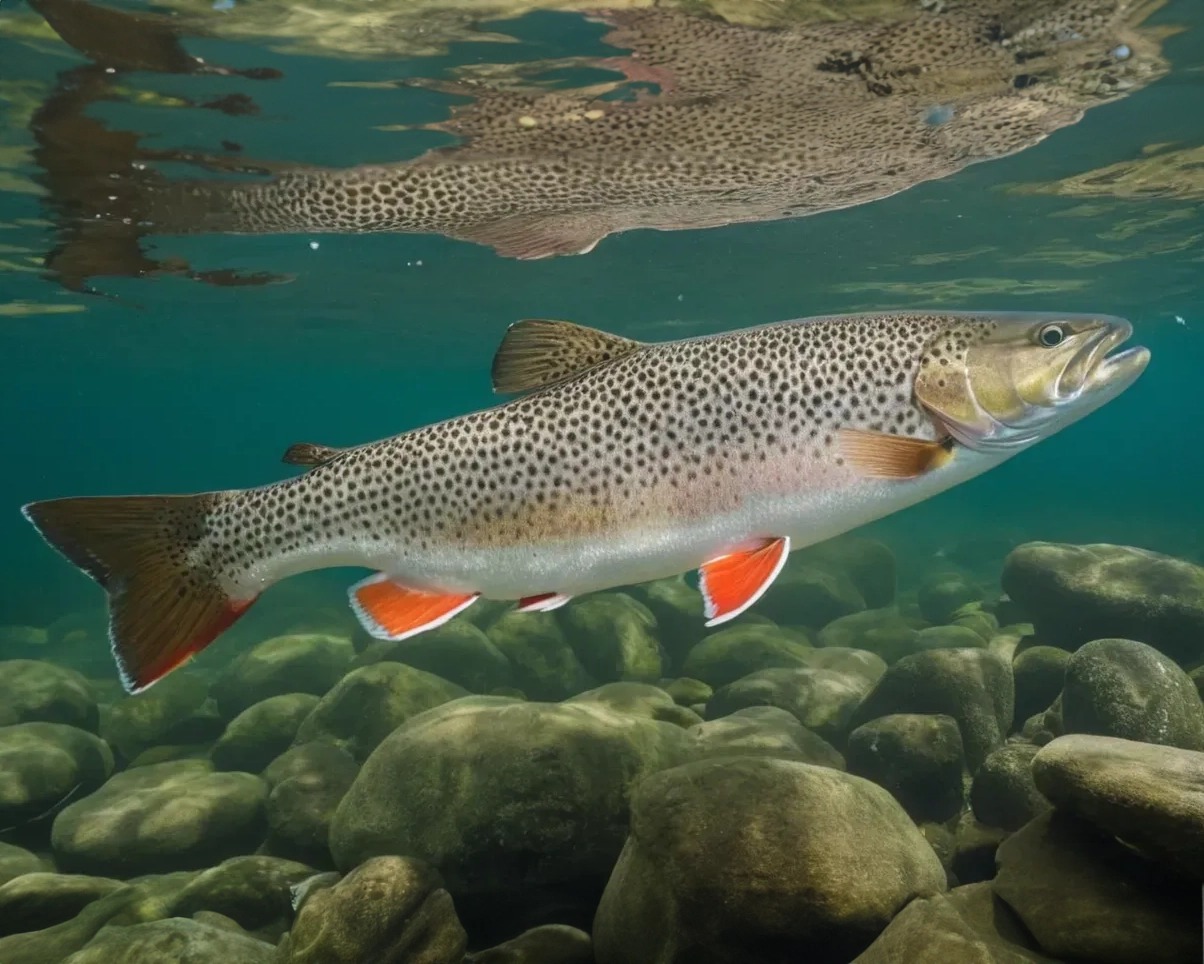
Basic Info
- Common Name: Lake trout, Mackinaw trout
- Scientific Name: Salvelinus namaycush
- Group Name: Salmonidae (salmon family)
- Average Life Span In The Wild: 10-20 years
- Size: Can reach lengths of up to 4 feet (1.2 meters)
- Weight: Can weigh up to 100 pounds (45 kilograms)
Behavior
- Lake trout are known for their solitary and somewhat elusive behavior. They are deep-water fish, often found in the cold, oxygen-rich waters of large lakes. During the warmer months, they inhabit depths of 50 to 200 feet (15 to 60 meters), but in the colder seasons, they may come closer to the surface. Lake trout are powerful swimmers and are known for their preference for cooler temperatures, which influences their depth and seasonal movements within lakes.
- These fish are carnivorous, with a diet primarily consisting of smaller fish such as ciscoes, whitefish, and sculpin. In addition, they may consume aquatic insects and crustaceans. Lake trout are opportunistic feeders and will adapt their diet based on the available prey in their environment.
- Lake trout spawn in the fall, usually over rocky or gravelly substrates in shallow water. Unlike some other trout species, they do not build nests (or redds) for their eggs. Instead, the eggs are broadcast over the substrate, where they settle into crevices. The eggs incubate over the winter, and the fry emerge in the spring.
How to Identify
Lake trout can be identified by their distinct physical characteristics:
- Body Shape: Lake trout have an elongated, somewhat cylindrical body, with a broad head and a forked tail. They have a streamlined appearance, which helps them navigate the deep, cold waters they inhabit.
- Coloration: The coloration of lake trout can vary depending on their habitat, but they generally have a dark, olive-green to greyish-brown back, fading to a lighter belly. The sides are often adorned with light-colored spots, which are usually cream or yellow in color. These spots can vary in size and distribution, providing a useful identifying feature.
- Fins: The fins of the lake trout are often dark with light edges. The pectoral, pelvic, and anal fins usually have a white leading edge, followed by a black stripe, which is a characteristic feature of the species.
- Mouth: Lake trout have a large mouth, equipped with sharp teeth, adapted for catching and holding onto slippery prey like fish. Their lower jaw protrudes slightly beyond the upper jaw.
Some pictures of Lake Trout
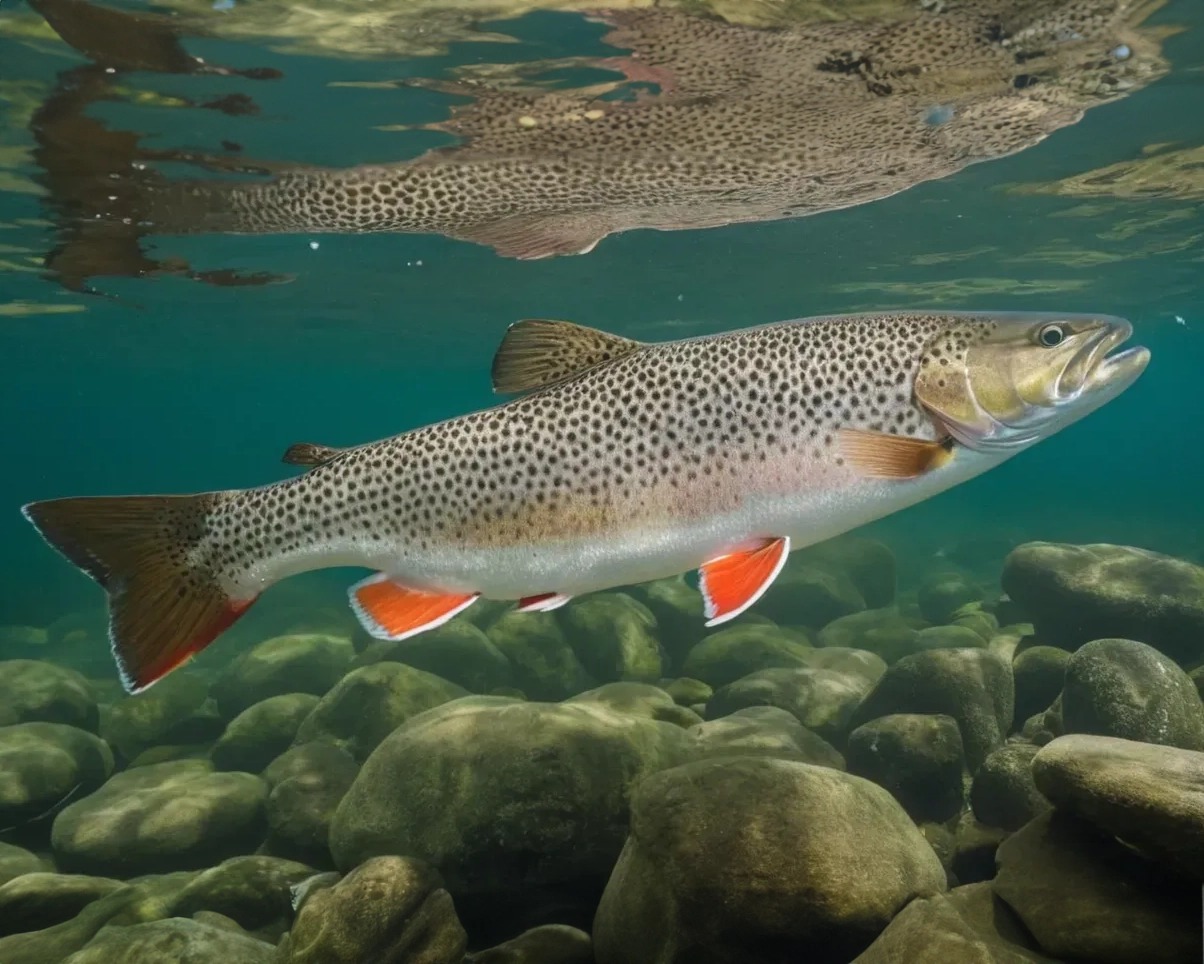
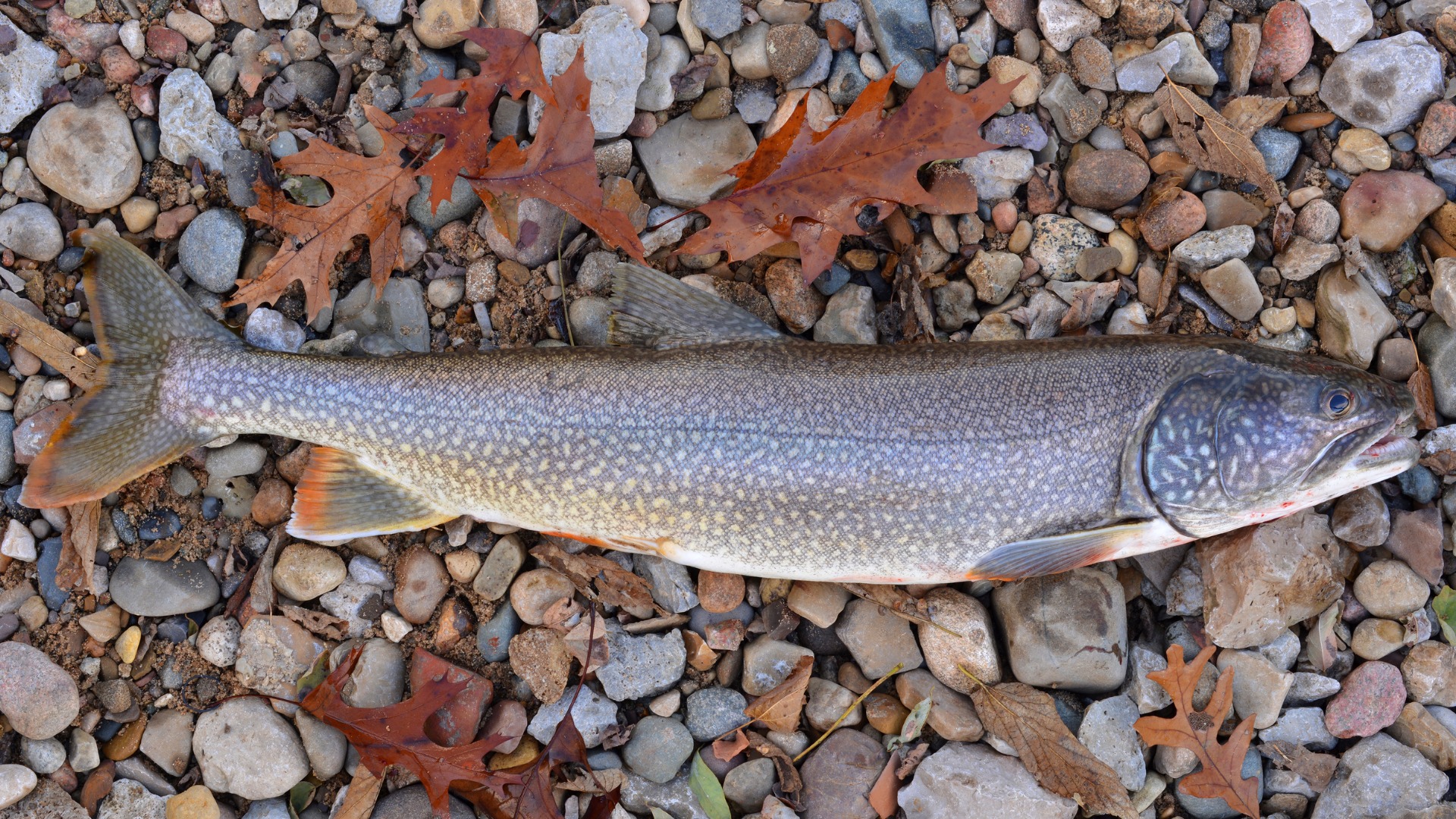
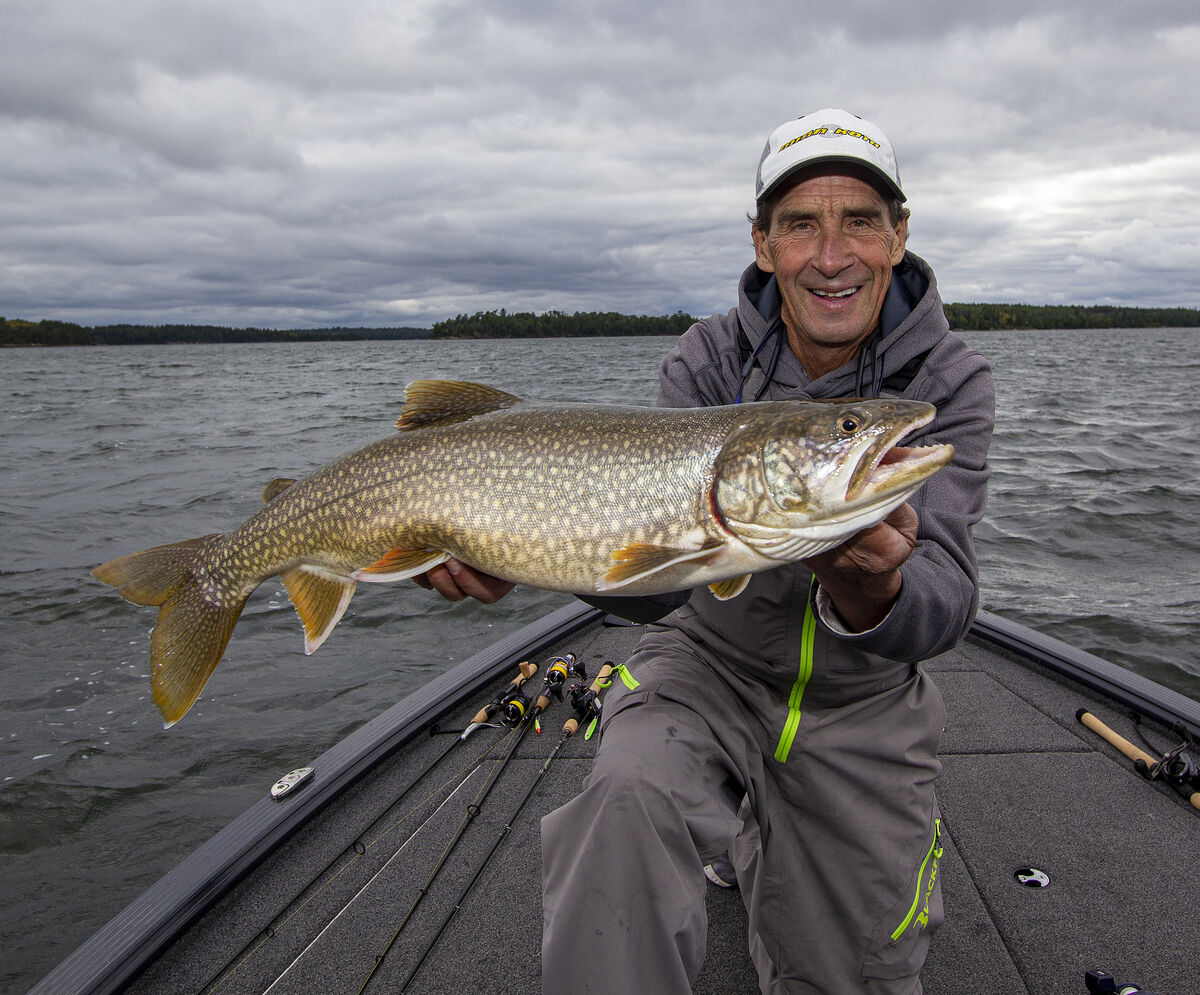

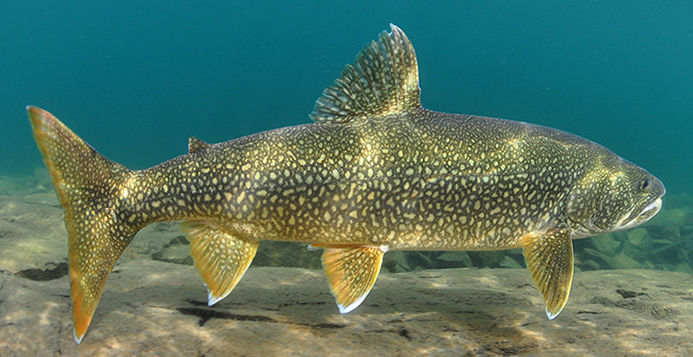
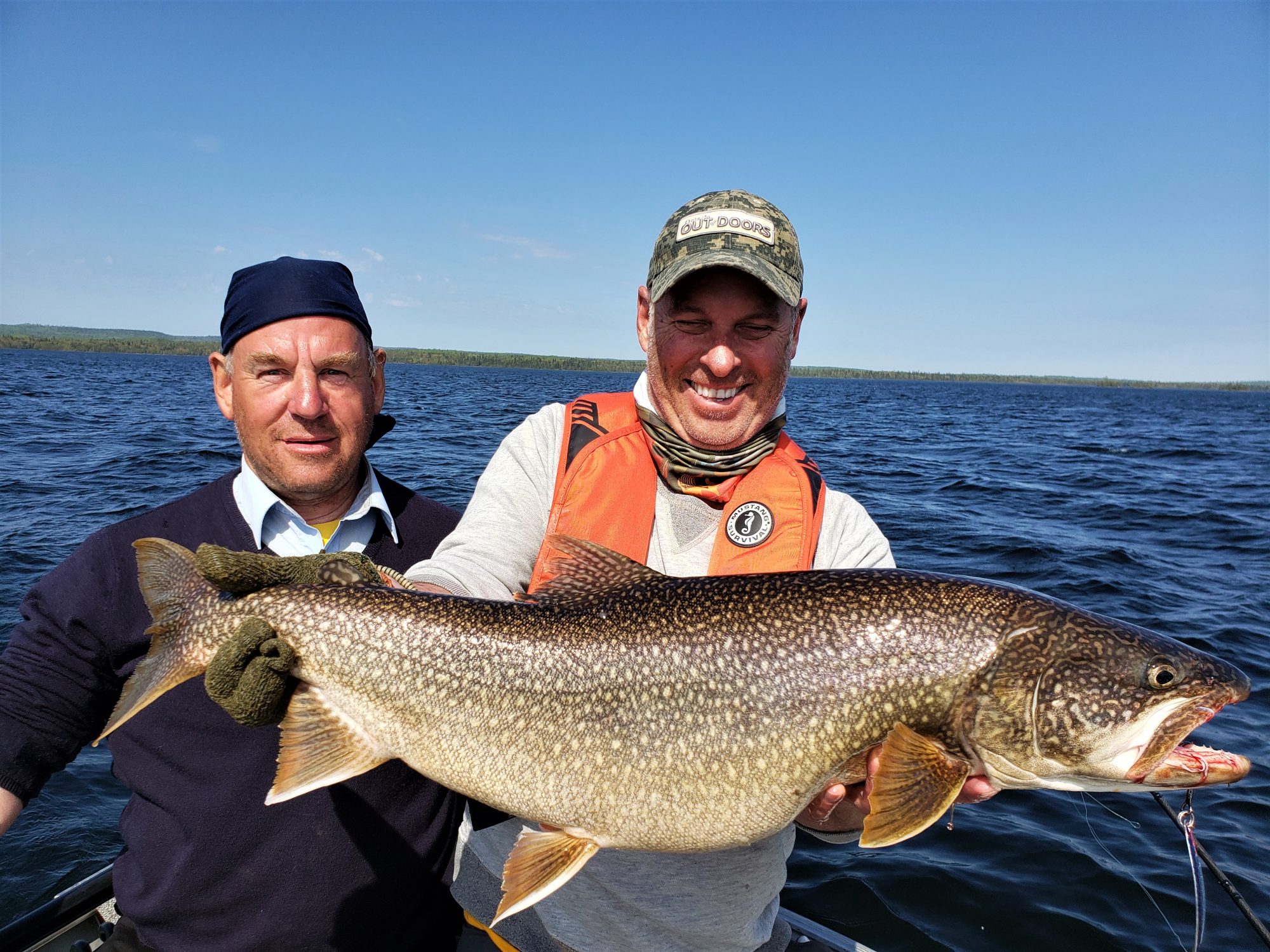
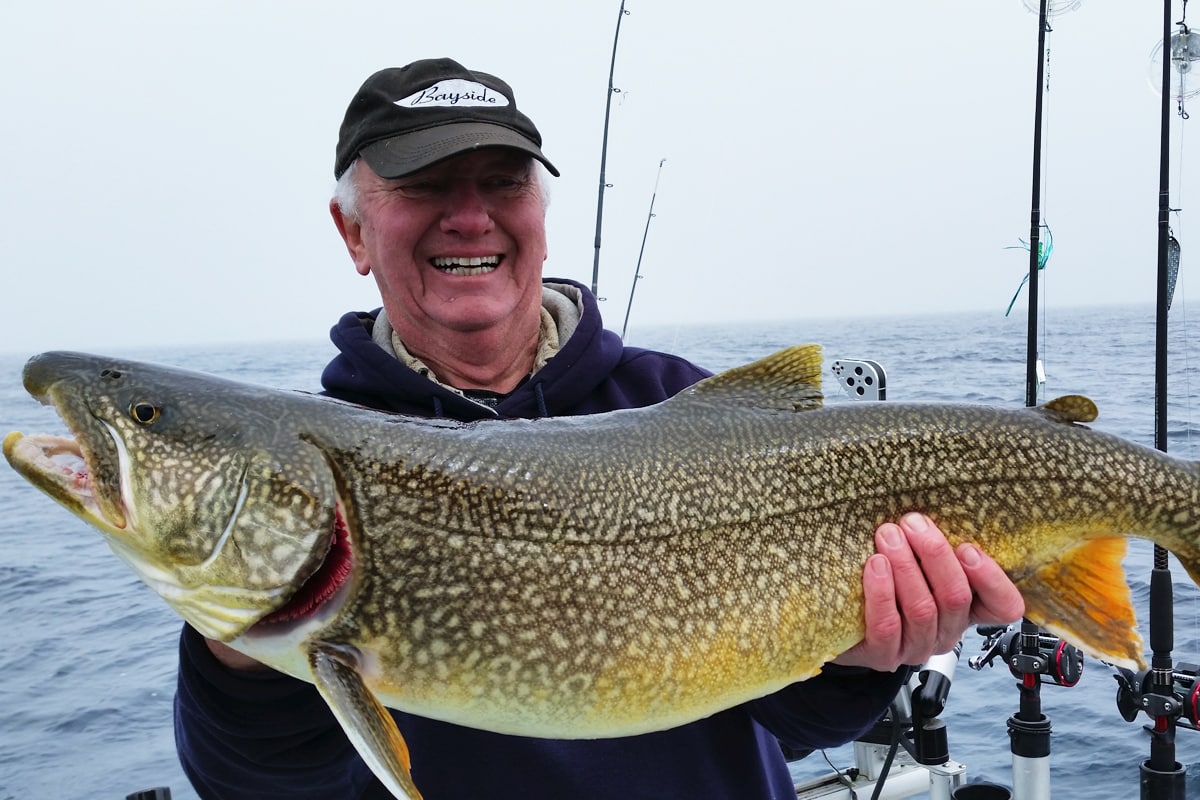
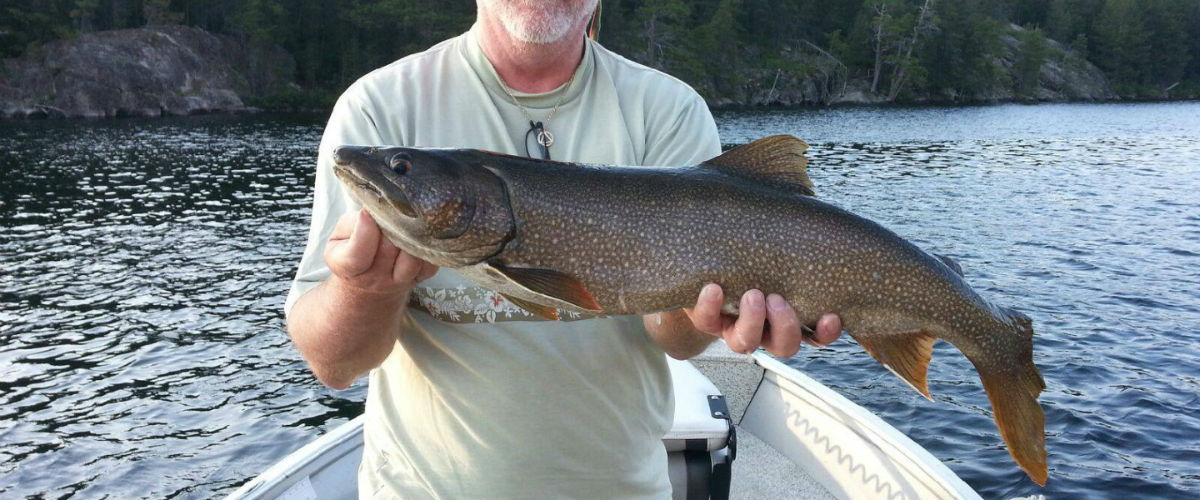
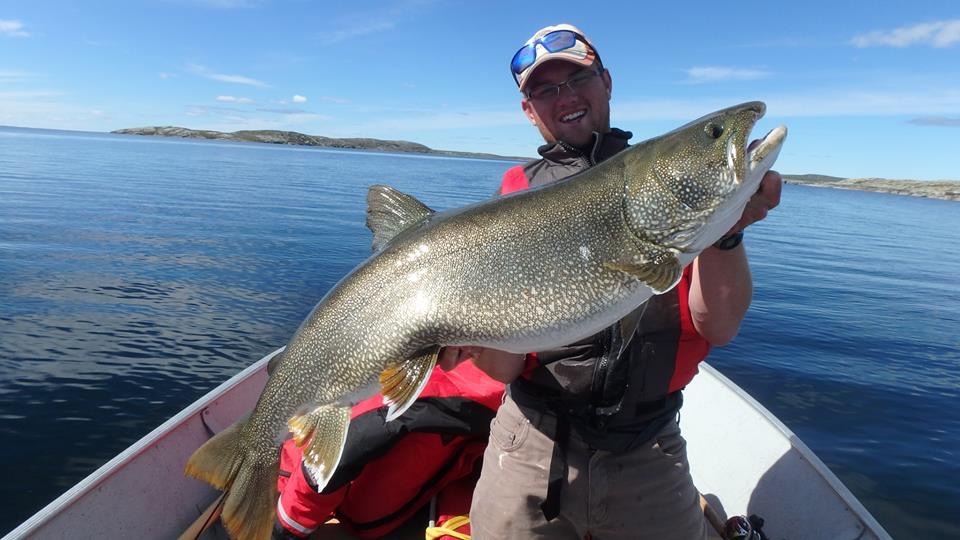

Robert Smith is the proud owner of Bait Barrels and Bows, a premier fishing sports store established in 1989. With over three decades of experience in the industry, Robert has honed his skills to become an expert angler, sharing his vast knowledge and passion for fishing with enthusiasts around the world. Through his store and writings, Robert provides invaluable tips and guidance, helping both novice and seasoned anglers improve their techniques and enjoy the sport to its fullest. His commitment to the fishing community is evident in his dedication to quality products and excellent customer service.

